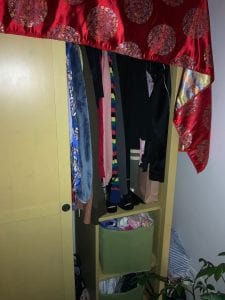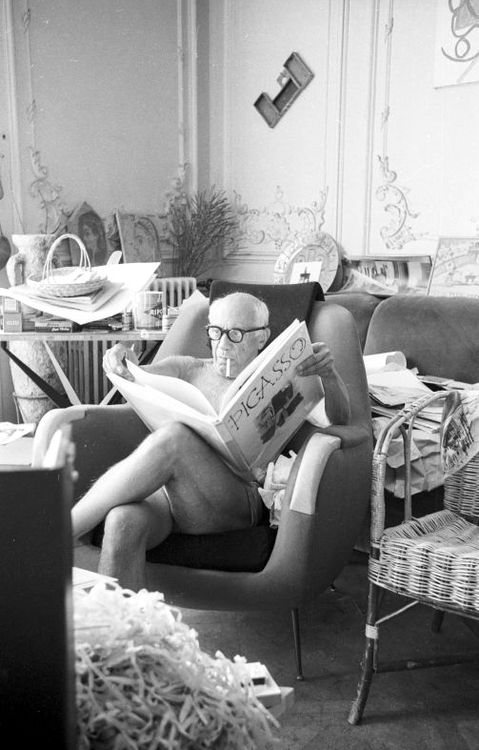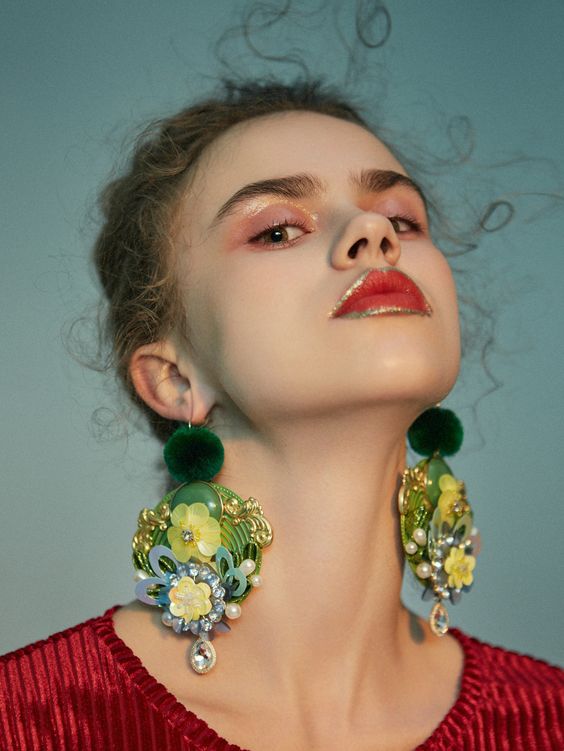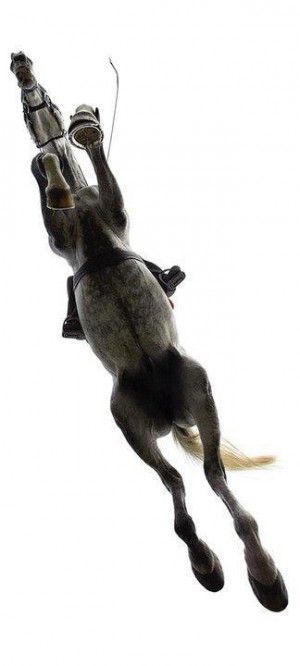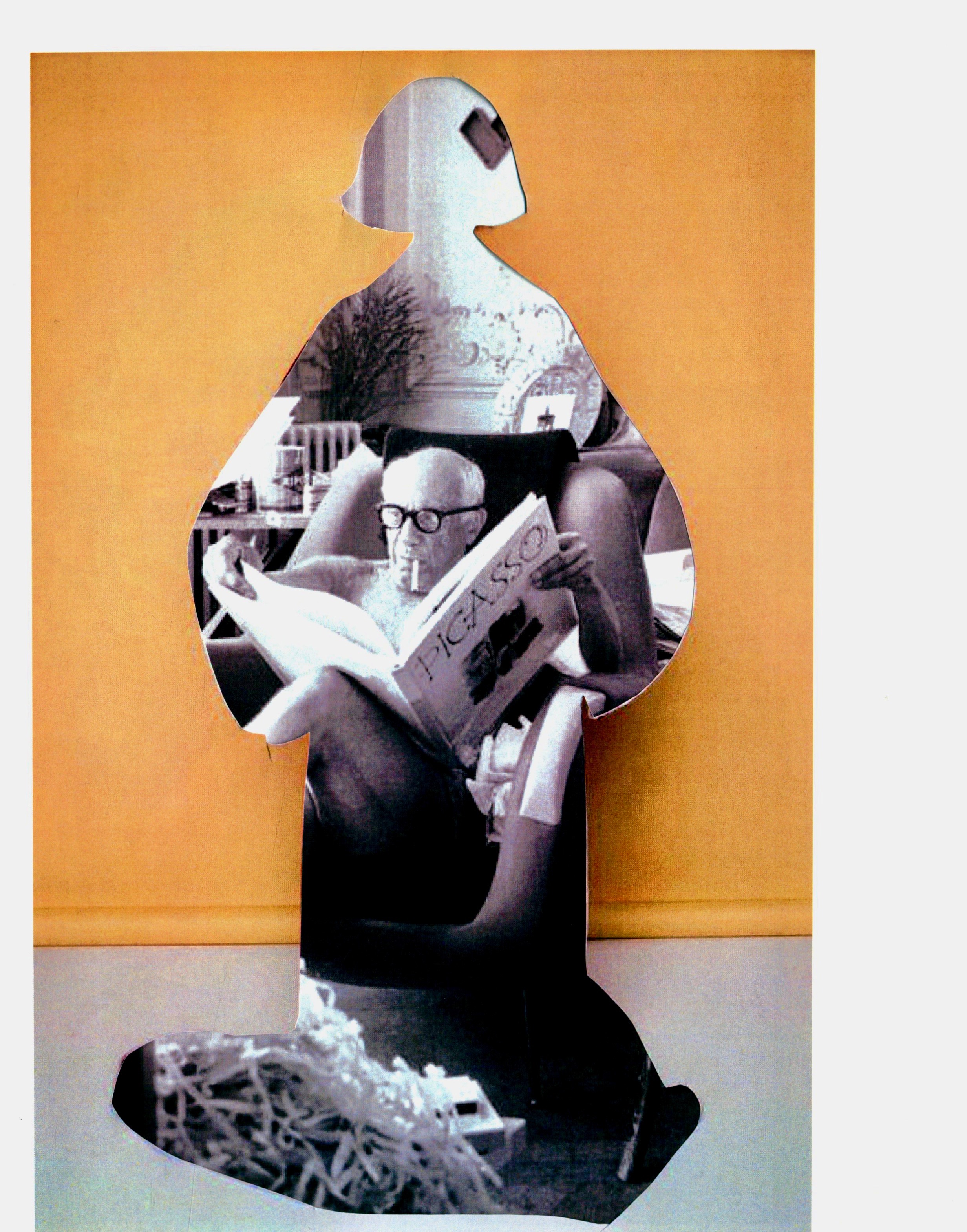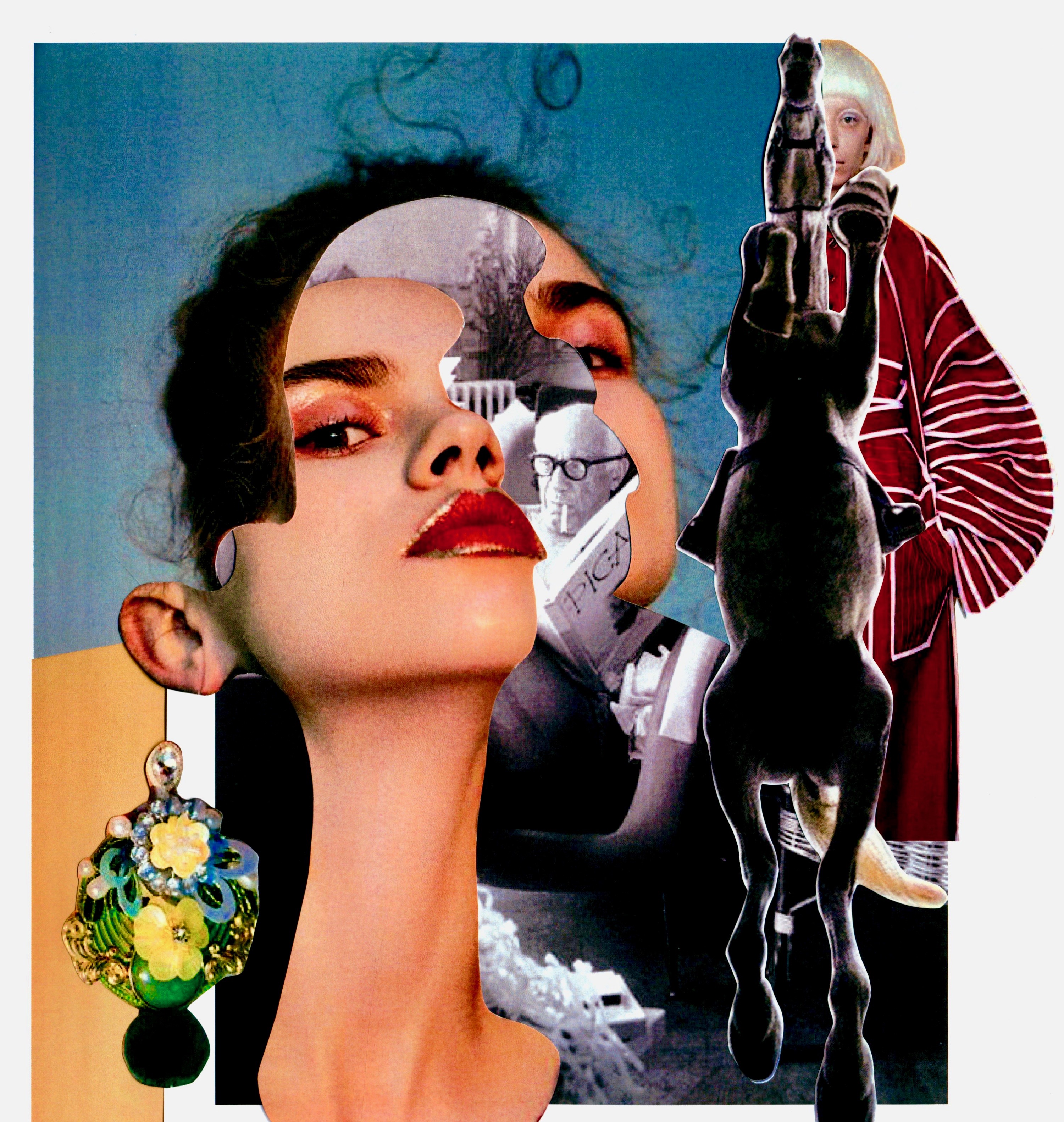Fashion is the possibility to showcase anything you desire on your body in the form of clothing, accessorizes, styling… it reflects the person you are and the one who you want to be. It is heavily influenced by brands, influencers, culture, economics… But ultimately, we have the freedom to decide how we look and the effect on the people that surround us.
Since the beginning of Introduction to Fashion Studies, one of the first things I realized was the vague vocabulary of the fashion genera. Not only that, but we have to learn how to take it seriously and insightfully. We live in a time where there aren’t many boundaries, or at least everyone is willing to test and push them, not only that, but the world is more diverse and opinionated than ever. Which it is, in my opinion, a great thing: it opens up the floor to debate and generates tons of ideas every day. It is the fuel of humanity.
Kaiser says: “the richest of meanings often emerge from ambiguous appearances” I really appreciate this reflection. From this, I understand that partially, Susan is addressing the multicultural background that many cities and communities have become to be over time. It also gives an important place to appearances which is tied to fashion. At the beginning of the semester I was very skeptical about many negative aspects that have been huge topics of discussion lately, like cultural appropriation, political correctness and such. Now, after talking with a very diverse recitation group, I have come to accept that even though I considered myself to be very liberal and cultured, there is so much my rational mind can address, and the learning path is endless, the more cultured a group becomes, the more accurate and respectful it can be.
Kaiser, Susan. 2012. Fashion and Cultural Studies. Page 42. London: Berg.

